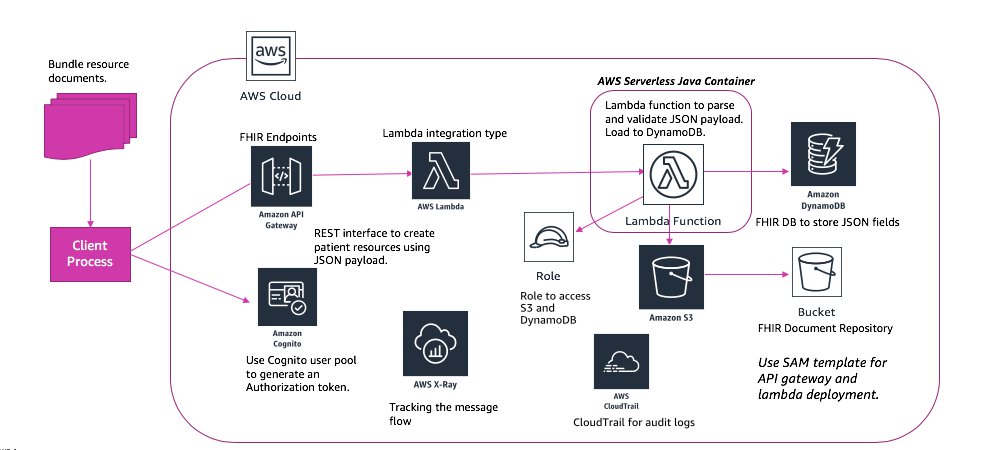AWS Architecture Blog
Category: Database
Dream11: Scaling a Fantasy Sports Platform with 5M Daily Active Users
Founded in 2008, Dream11 is India’s leading sports-tech startup with a growing base of more than 45 million users playing multiple sports such as fantasy cricket, football, kabaddi, and basketball. Dream11 uses Amazon Aurora with Amazon ElastiCache to serve 1 million concurrent users within 50ms response time, serving at an average 3 million requests per […]
Fundbox: Simplifying Ways to Query and Analyze Data by Different Personas
Fundbox is a leading technology platform focused on disrupting the $21 trillion B2B commerce market by building the world’s first B2B payment and credit network. With Fundbox, sellers of all sizes can quickly increase average order volumes (AOV) and improve close rates by offering more competitive net terms and payment plans to their SMB buyers. […]
Building a Scalable Document Pre-Processing Pipeline
In a recent customer engagement, Quantiphi, Inc., a member of the Amazon Web Services Partner Network, built a solution capable of pre-processing tens of millions of PDF documents before sending them for inference by a machine learning (ML) model. While the customer’s use case—and hence the ML model—was very specific to their needs, the pipeline that does […]
Serving Billions of Ads in Just 100 ms Using Amazon Elasticache for Redis
This post was co-written with Lucas Ceballos, CTO of Smadex Introduction Showing ads may seem to be a simple task, but it’s not. Showing the right ad to the right user is an incredibly complex challenge that involves multiple disciplines such as artificial intelligence, data science, and software engineering. Doing it one million times per […]
Halodoc: Building the Future of Tele-Health One Microservice at a Time
Halodoc, a Jakarta-based healthtech platform, uses tele-health and artificial intelligence to connect patients, doctors, and pharmacies. Join builder Adrian De Luca for this special edition of This is My Architecture as he dives deep into the solutions architecture of this Indonesian healthtech platform that provides healthcare services in one of the most challenging traffic environments […]
Nike: A Social Graph at Scale with Amazon Neptune
Getting a graph database to be performant and easy to use is very different from making a NoSQL (non-relational) database high-performing. Listen in as Todd Escalona of AWS talks with Marc Wangenheim, Senior Engineering Manager at Nike, about how the company powers a number of applications via a social graph, built on Amazon Neptune, which […]
TMA Special: Connecting Taza Chocolate’s Legacy Equipment to the Cloud
As a “bean to bar” chocolate manufacturer, Taza Chocolate uses traditional stone ground mills for the production of its famous chocolate discs. The analog, mid-century machines that the company imported from Central America were never built to connect to the cloud. Along comes Tulip Interfaces, an AWS Industrial Software Competency Partner that makes the human […]
re:Invent 2019: Introducing the Amazon Builders’ Library (Part I)
This week I’m telling you about a new site we launched at re:Invent, the Amazon Builders’ Library, a collection of living articles covering topics across architecture, software delivery, and operations. You get to peek under the hood of how Amazon architects, releases, and operates the software underpinning Amazon.com and AWS. Want to know how Amazon.com does what it does? […]
Building a Serverless FHIR Interface on AWS
Technology is revolutionizing the healthcare industry but it can be a challenge for healthcare providers to take full advantage because of software systems that don’t easily communicate with each other. A single patient visit involves multiple systems such as practice management, electronic health records, and billing. When these systems can’t operate together, it’s harder to […]
Things to Consider When You Build REST APIs with Amazon API Gateway
A few weeks ago, we kicked off this series with a discussion on REST vs GraphQL APIs. This post will dive deeper into the things an API architect or developer should consider when building REST APIs with Amazon API Gateway. Request Rate (a.k.a. “TPS”) Request rate is the first thing you should consider when designing REST APIs. […]









